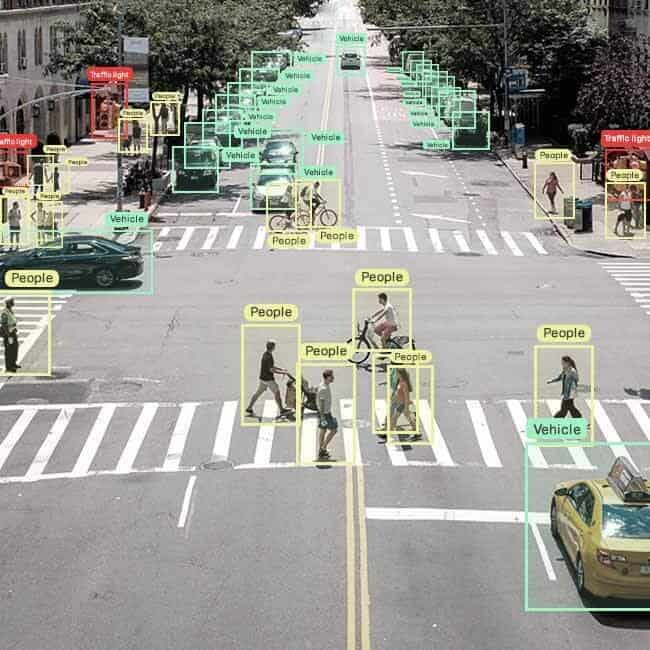In the age of big data, businesses from all industries rely on machine learning and artificial intelligence to gain insightful insights. Image annotation is a crucial computer imaging technique that plays a essential role in making images data understandable. This article examines the world of image annotation and the significance of software, tools, and solutions to unlock the power of data-driven decisions.

Image annotation consists of tagging or labeling images with metadata that allows computers to understand and interpret visual data accurately. Image annotation allows models using ML to identify objects, patterns and attributes in images by introducing annotations like bounding boxes and polygons. This technique bridges the gap between raw data from images and the actionable information, opening the way for applications across a variety of areas, such as autonomous vehicles, medical imaging, e-commerce as well as surveillance systems.
A wide variety of tools have been developed to streamline the process of image annotation. These tools have intuitive interfaces to allow annotationists to draw marks on objects or regions of interest within images seamlessly. These tools offer different annotation options, along with customizing features that can be customized to meet specific requirements for data. From simple drawing tools, to advanced shape recognition and automatic annotation suggestions Image annotation tools boost the efficiency and accuracy of annotation which allows annotations to be done at a high speed and precision.
Image annotation solution takes the annotation process to the next level by incorporating automation and collaboration features. These software solutions use ML algorithms to automatize annotation, which reduces manual effort and increasing the speed at which annotations are made. With techniques like active learning and transfer learning, annotation software accelerates the process of labeling while ensuring the highest quality of results.
Moreover, annotation software facilitates collaboration between multiple annotationists and teams, allowing them to work in a seamless manner. It allows for real-time communication, annotation versioning and comments and also creates an atmosphere of collaboration. This method of collaboration does not just enhance the quality of annotations but it also facilitates knowledge sharing and ensures that annotations are consistent.
When choosing an image annotation tool there are a variety of factors to be taken into consideration. Firstly, the solution should match the particular requirements of the project, including the type of annotation needed (e.g., bounding boxes and polygons as well as keypoints), the complexity of the task of labeling, and the ability to scale the solution.
The second is that flexibility and adaptability The second factor is flexibility and adaptability. A reliable annotation tool should allow customization of annotation workflows along with integration with existing data management systems as well as compatibility with different data formats. This flexibility allows the annotation system to seamlessly integrate with pipelines and workflows already in place which can increase overall efficiency.
Thirdly, it is crucial to assess the quality of annotations that the software creates. Secure image annotation tools employ quality control techniques to ensure the accuracy and consistency of labeling. This can be done through annotation validation and feedback loops which are continuous between the annotators.
The impact of image annotating goes beyond the annotation process. Businesses can boost the value of data using images annotating tools, solutions and software. Accurate annotations are essential for the development and the training of ML models that are more reliable and have greater accuracy and reliability. These models can be used to solve various problems, such as the classification of images, recognition of objects and anomaly detection.
Image annotation also facilitates data driven decision making by providing rich, meaningful information from the visual data. In the healthcare industry medical images that are annotated with annotations are a great way to diagnose ailments, spot abnormalities or suggest treatments. In the world of e-commerce, annotations on images assist in recommending products as well as image search and visual marketing strategies.
Annotation of images in conjunction with data science has revolutionized our way of working. It’s a powerful tool that lets you access a wealth of data. It improves data analysis and uncovers hidden relationships. In real-time, insights are generated. Annotating images helps organizations reduce their time-to-market and get to market quicker, while decreasing costs. It also gives them an advantage. By focusing on the ability of images to visualize concepts that are easier to grasp than abstract images appropriately annotated images increase the data’s readability and accessibility for all stakeholders in all organizations. If done properly, annotation is a great way to transform data into useful analysis and boost the efficiency of all applications.